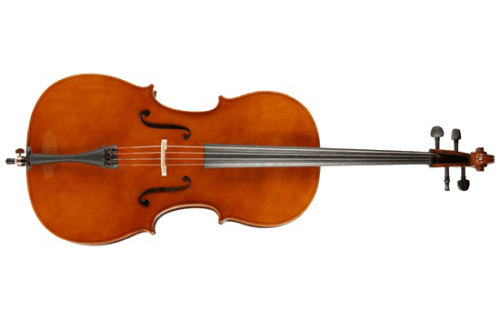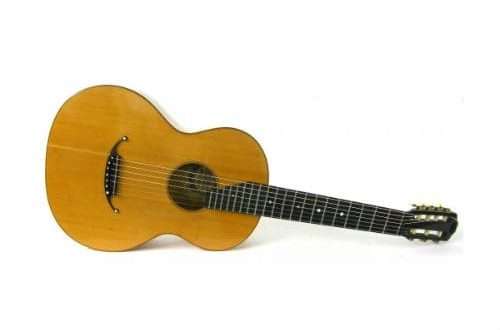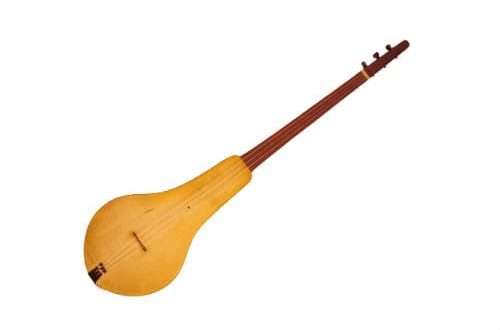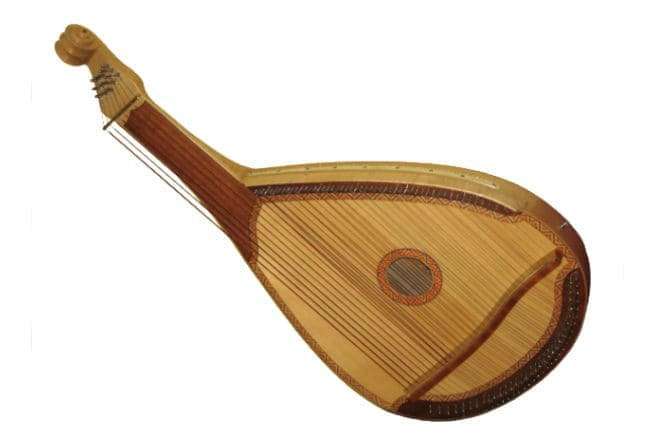
Bandura: what is it, composition, origin, how it sounds
Bandurists have long been one of the Ukrainian national symbols. Accompanying the bandura, these singers performed various songs of the epic genre. In the XNUMXth century, the musical instrument gained great popularity; bandura players can still be found today.
What is a bandura
Bandura is a Ukrainian folk musical instrument. It belongs to the group of plucked strings. The appearance is characterized by a large oval body and a small neck.

The sound is bright, has a characteristic timbre. Bandurists play by plucking the strings with their fingers. Slip-on “nails” are sometimes used. When playing with nails, a more sonorous and sharp sound is obtained.
Origin
There is no consensus on the history of the origin of the bandura. Some historians believe that it came from the gusli, a Russian folk musical instrument. The first types of gusli had no more than 5 strings, and the type of playing on them was similar to the balalaika. In the XNUMXth century, other variants appeared, with a large number of strings, and with a view that vaguely resembles a bandura.
Most historians support the version about the origin of the instrument from the kobza. The kobza belongs to the lute-like instruments, which makes them similar to the symmetry of early banduras. Some of the names of the strings of the instruments are common. The repertoire performed by bandurists and kobza players is similar, with many common compositions.
The name is borrowed from Polish. The Polish name “bandura” comes from the Latin word “pandura”, denoting cithara – the ancient Greek variety of lyre.
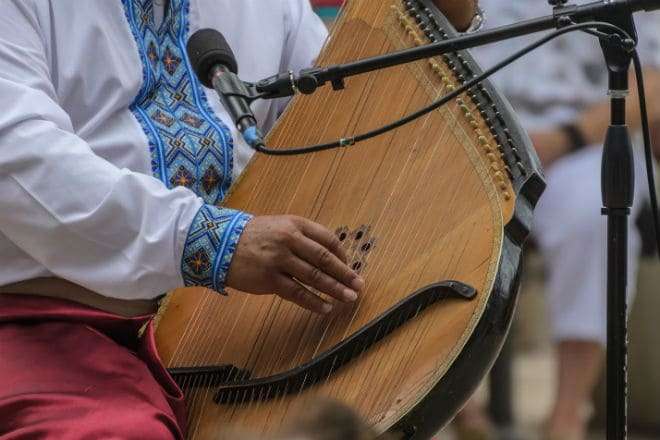
Bandura device
The body is made from solid linden wood. The neck of the instrument is wide, but short. The official name of the neck is the handle. The curved part of the neck is called the head. On the head there are tuning pegs holding the strings. Turning the pegs lowers or raises the strings, thus the bandura player adjusts the pitch.
The main part of the body of the instrument is called the speed. Outwardly, the speedboat looks like a cut pumpkin. From above, the speedboard is covered with a deck, called the top. On the side of the deck is a wooden stringer that holds the strings on one side. A hole is cut in the center of the soundboard, resonating the extracted sound.
The number of bandura strings is 12. One half is long and thick, the other is thin and short. Modern versions have more strings, up to 70.
Using the tool
Since the late Middle Ages, the bandura has been used as an accompaniment for the performance of religious psalms. Later, the Cossacks of the Zaporozhian Sich began to perform their own works, which became part of folk music.
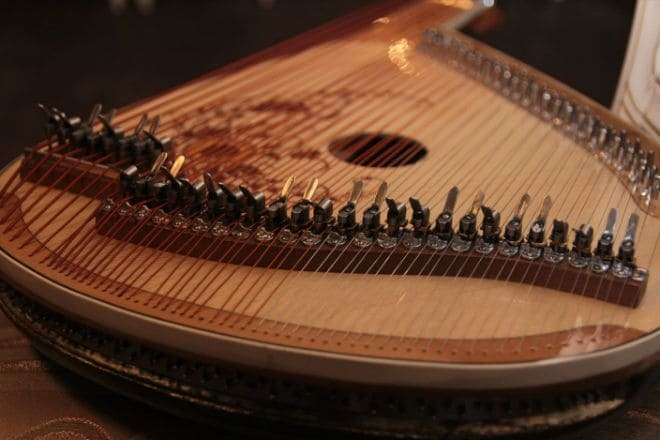
Nowadays, the instrument is also used outside of folk music. For example, the Ukrainian musical group B&B Project records cover versions of popular rock songs. Among the interpretations of the Ukrainian duo are “Show Must Go On” by Queen, “Nothing Else Matter” by Metallica, “Deutschland” by Rammstein.
In 2019, a record was set for the number of bandura players playing at the same time. In honor of Taras Shevchenko’s birthday, 407 musicians simultaneously performed the famous works of the poet – “The Testament” and “Roars and moans the wide Dnieper”.
Summing up, it can be noted that in the XNUMXst century the bandura continues to be actively used in Ukrainian folk music and beyond. She left her mark in the history of Ukrainian culture and became strongly associated with it.



